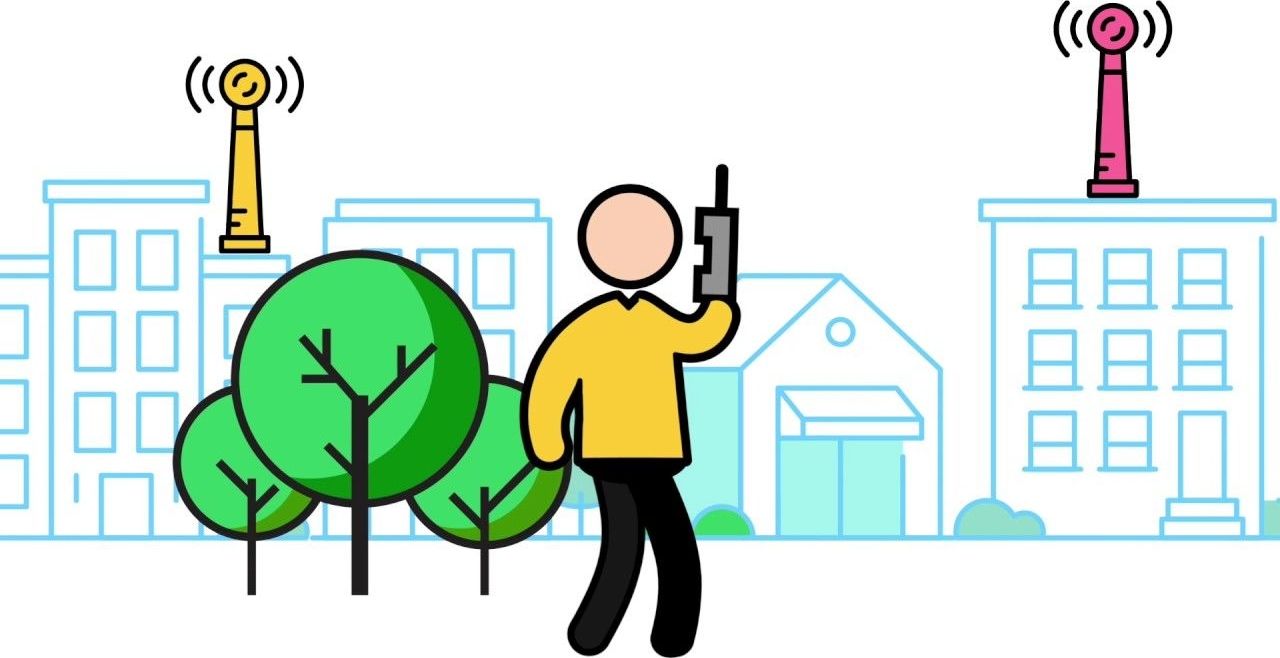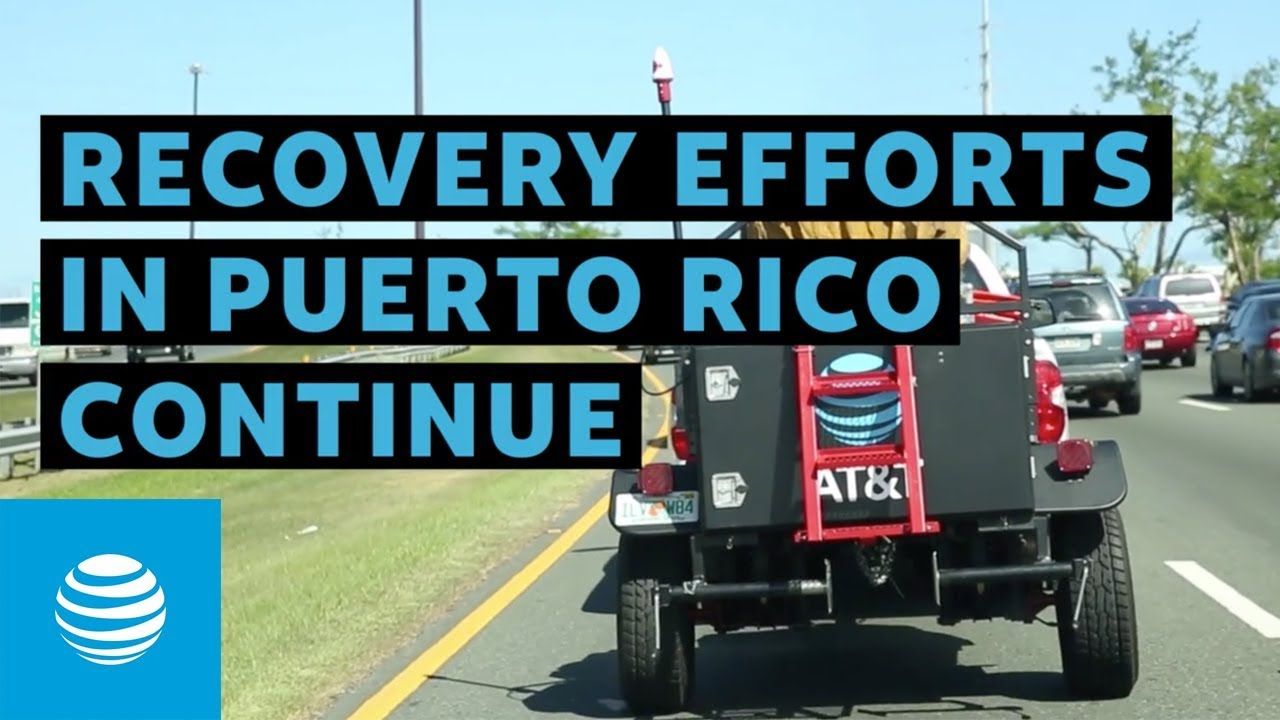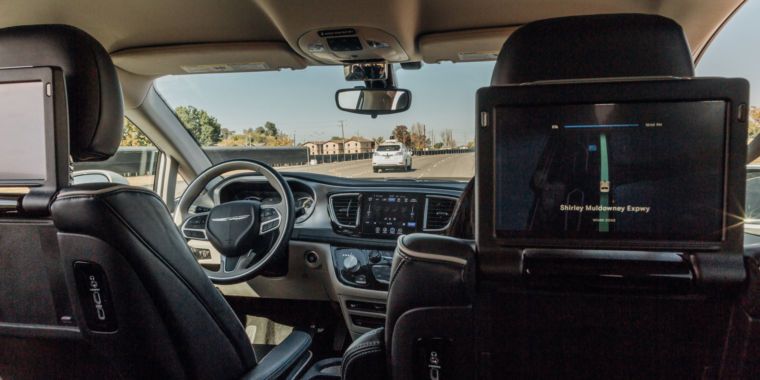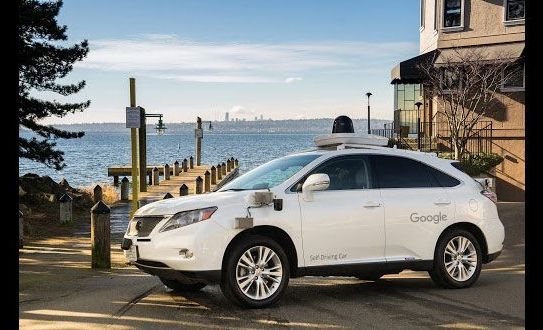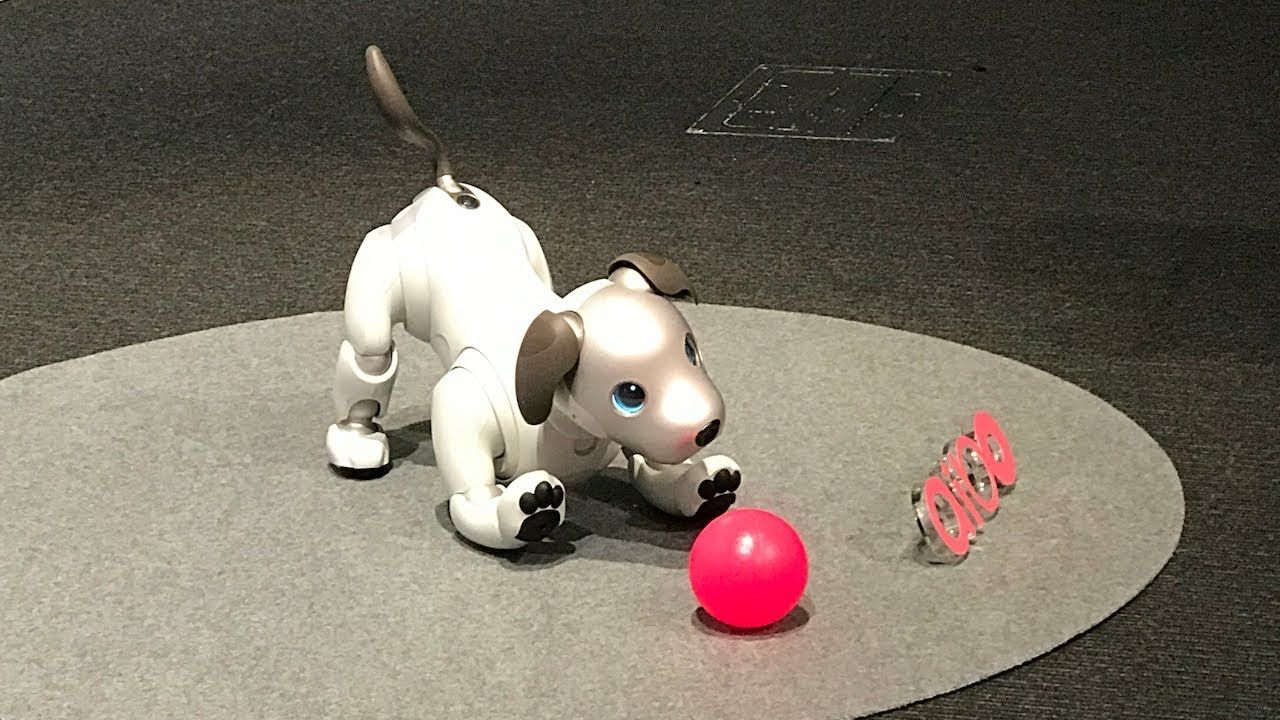https://youtube.com/watch?v=hOTBtCz_l4A
Billionaire tech entrepreneur Mark Cuban has seen a ton of change since he first got in the technology business in 1982, but he argues that artificial intelligence (AI) is going to “change everything, 180 degrees.”
He warns that if the U.S. allows other countries to take the lead in AI, then it’ll be “SOL,” an acronym that employs profanity to communicate urgency.
“All these things have happened that have changed how we do business, changed how we lived our lives, changed everything, right, the internet. But what we’re going to see with artificial intelligence dwarfs all of that,” Cuban said in an interview with hedge fund manager J. Kyle Bass of Hayman Capital on RealVision Television, a subscription financial video service.


